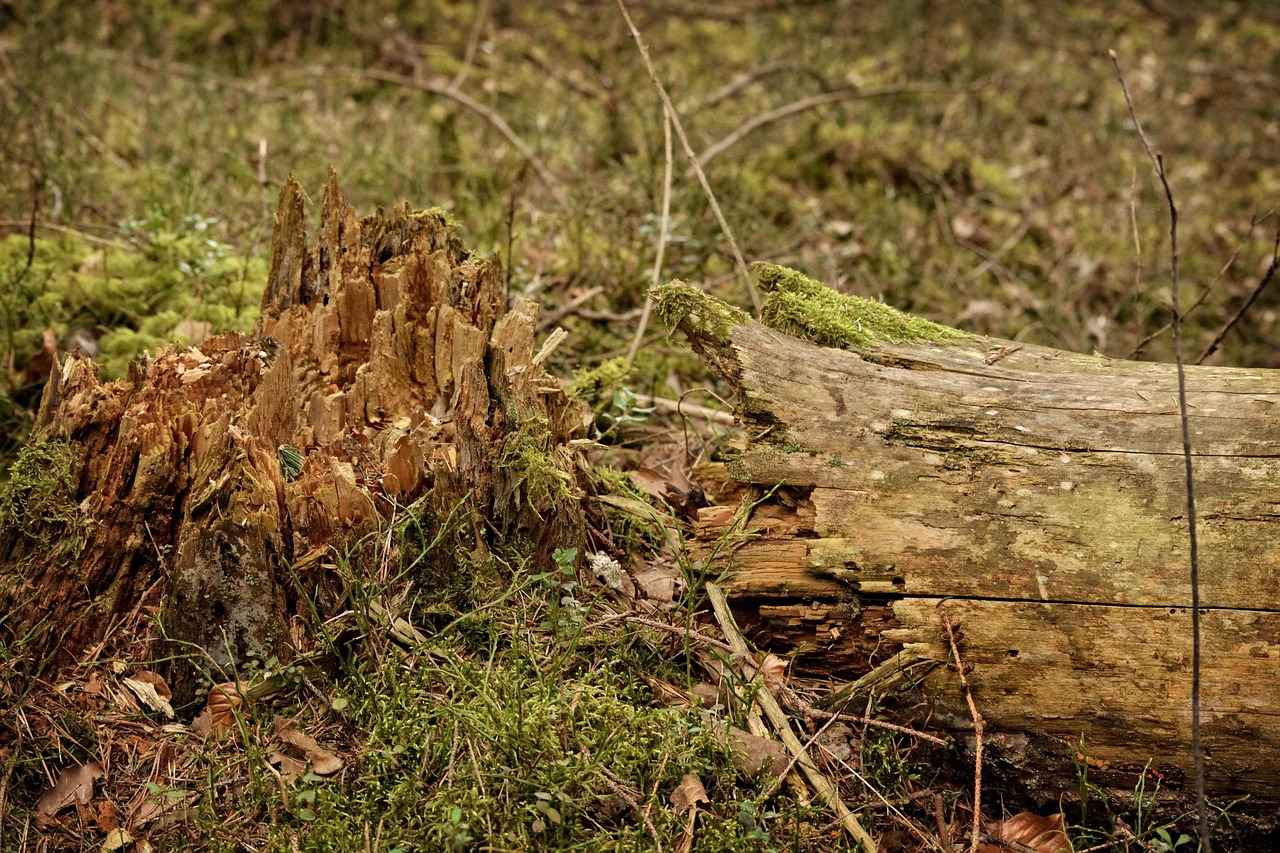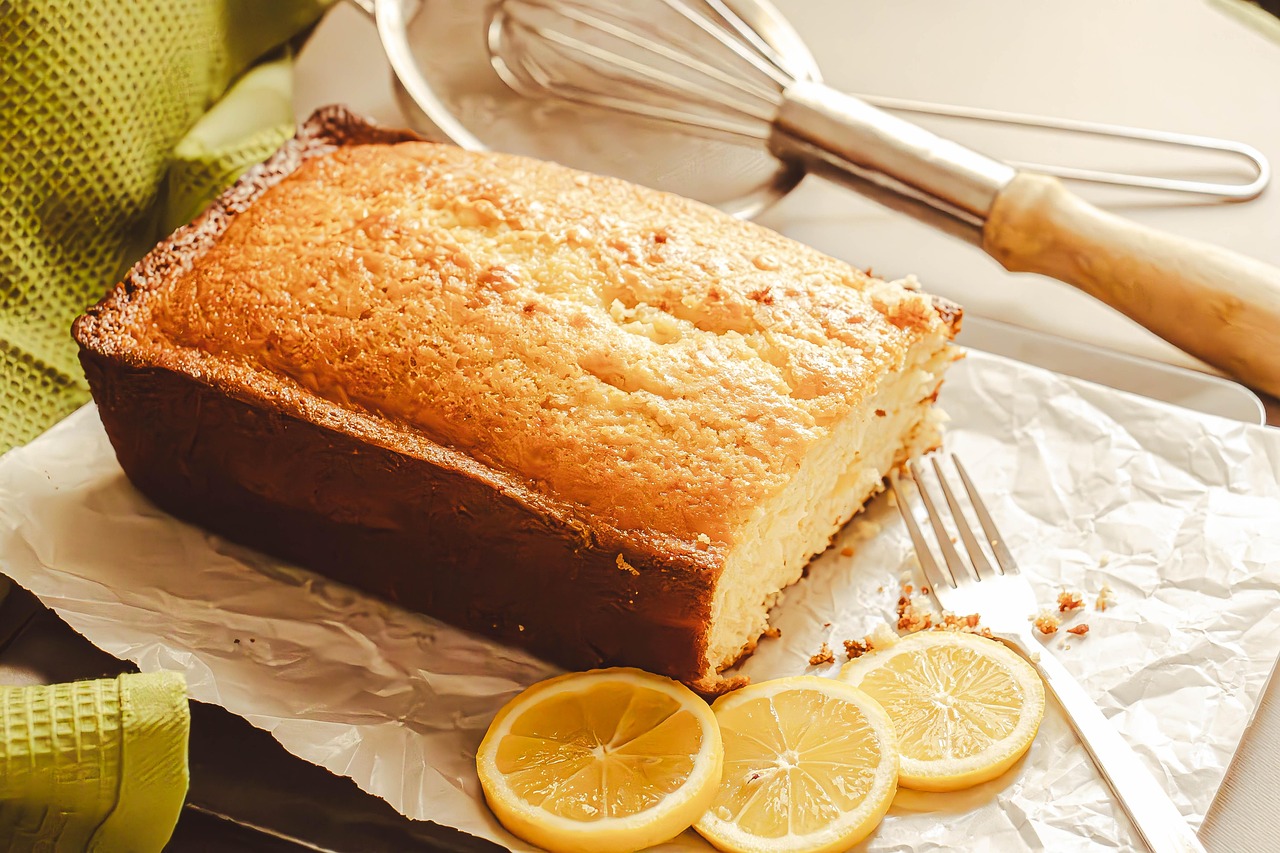This comprehensive guide provides all the essential information and steps needed to create breast milk soap, a unique and nourishing product perfect for beginners looking to explore natural skincare. Breast milk soap is not just a creative endeavor; it is a way to harness the natural benefits of breast milk for your skin.
What is Breast Milk Soap?
Breast milk soap is a distinctive skincare product that incorporates breast milk as a primary ingredient. This soap is particularly beneficial for individuals with sensitive skin, including infants. The natural components of breast milk provide moisturizing benefits and gentle properties that can enhance skin health.
Benefits of Using Breast Milk in Soap
- Natural Moisturization: Breast milk contains fats and proteins that help hydrate the skin.
- Anti-inflammatory Properties: It can soothe irritated skin and reduce redness.
- Nutrient-Rich: Breast milk is packed with essential nutrients that promote healthy skin and can alleviate conditions like eczema.
Ingredients Needed for Breast Milk Soap
To create breast milk soap, you will need the following ingredients:
- Breast milk
- Lye (sodium hydroxide)
- Base oils (such as olive oil, coconut oil, or shea butter)
- Optional: Essential oils for fragrance
Essential Oils for Fragrance
Enhancing your breast milk soap with essential oils can add a delightful aroma while providing additional skin benefits. Popular choices include:
- Lavender
- Chamomile
- Tea tree oil
Choosing the Right Oils
Selecting appropriate base oils is crucial for achieving the desired texture and moisturizing properties in your soap. Common options include:
- Olive oil
- Coconut oil
- Shea butter
Step-by-Step Guide to Making Breast Milk Soap
Gather Your Equipment
Before starting, ensure you have all necessary equipment, including:
- A scale
- Mixing bowls
- A thermometer
- Safety gear (gloves and goggles)
Preparing the Lye Solution
Creating a lye solution is a critical step in the soap-making process. Carefully mix lye with water in a well-ventilated area, following safety protocols to avoid accidents.
Incorporating Breast Milk
Once the lye solution has cooled, it’s time to incorporate the breast milk. This step is vital as it enhances the soap’s nourishing qualities. Ensure the mixture is blended smoothly for optimal results.
Safety Precautions While Making Soap
Handling lye requires utmost caution due to its caustic nature. Always wear protective gear and work in a well-ventilated area. Keep lye and the soap mixture out of reach of children and pets.
Storing and Curing Your Soap
After pouring your soap into molds, proper storage and curing are essential. Allow the soap to cure for several weeks in a cool, dry place. This process enhances the soap’s texture and longevity.
Using and Enjoying Your Breast Milk Soap
Once cured, your breast milk soap is ready to use! Enjoy its nourishing properties daily. To extend its lifespan, store the soap in a dry place between uses.
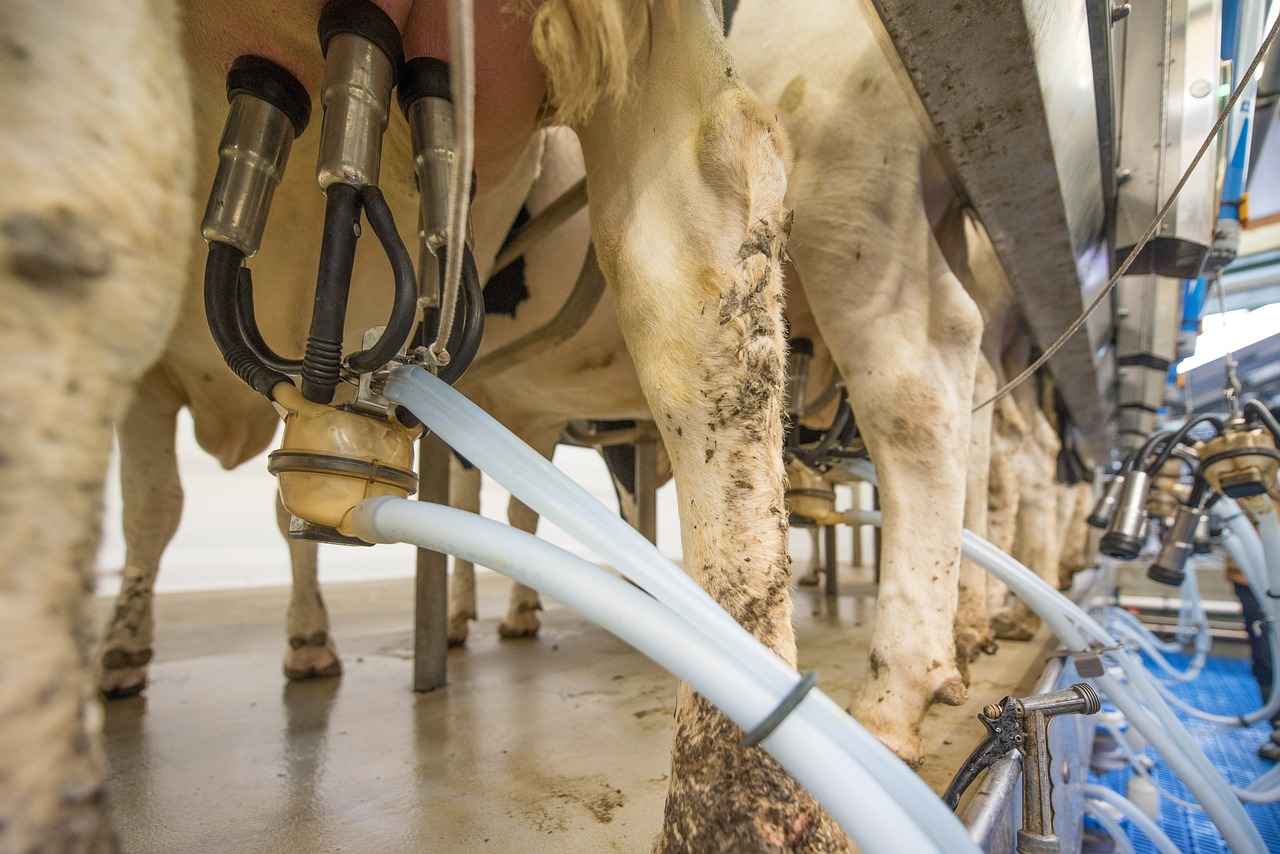
What is Breast Milk Soap?
Breast milk soap is an innovative skincare product that incorporates breast milk as a primary ingredient. This unique formulation not only stands out in the world of natural skincare but also offers an array of benefits, particularly for those with sensitive skin, including infants. The use of breast milk in soap is gaining popularity due to its moisturizing properties and gentle nature, making it suitable for various skin types.
Breast milk is rich in essential nutrients, antibodies, and enzymes that can nourish and protect the skin. These components work synergistically to enhance the soap’s effectiveness, providing a natural alternative to commercial soaps that may contain harsh chemicals. The inclusion of breast milk can help in soothing skin irritations, making it an excellent choice for individuals suffering from conditions like eczema or psoriasis.
Moreover, breast milk soap is known for its anti-inflammatory properties, which can help reduce redness and irritation on the skin. This makes it particularly beneficial for babies and individuals with sensitive skin. The natural fats present in breast milk also contribute to the soap’s creamy texture, resulting in a luxurious lather that leaves the skin feeling soft and hydrated.
In addition to its skin benefits, breast milk soap is often free from synthetic fragrances and additives, making it a safer choice for those concerned about the ingredients in their skincare products. The process of making breast milk soap allows users to have complete control over the ingredients, ensuring a product that is both effective and gentle.
Creating breast milk soap can be an exciting and rewarding endeavor for those interested in natural skincare. It allows individuals to craft a personalized product tailored to their specific skin needs. As more people seek natural and organic alternatives to conventional skincare, breast milk soap is becoming a favored option among DIY enthusiasts.
In summary, breast milk soap is a unique and beneficial skincare product that harnesses the nourishing properties of breast milk. Its gentle formulation makes it suitable for sensitive skin, including that of babies. With its moisturizing benefits and natural ingredients, it offers a safe and effective alternative to traditional soaps.
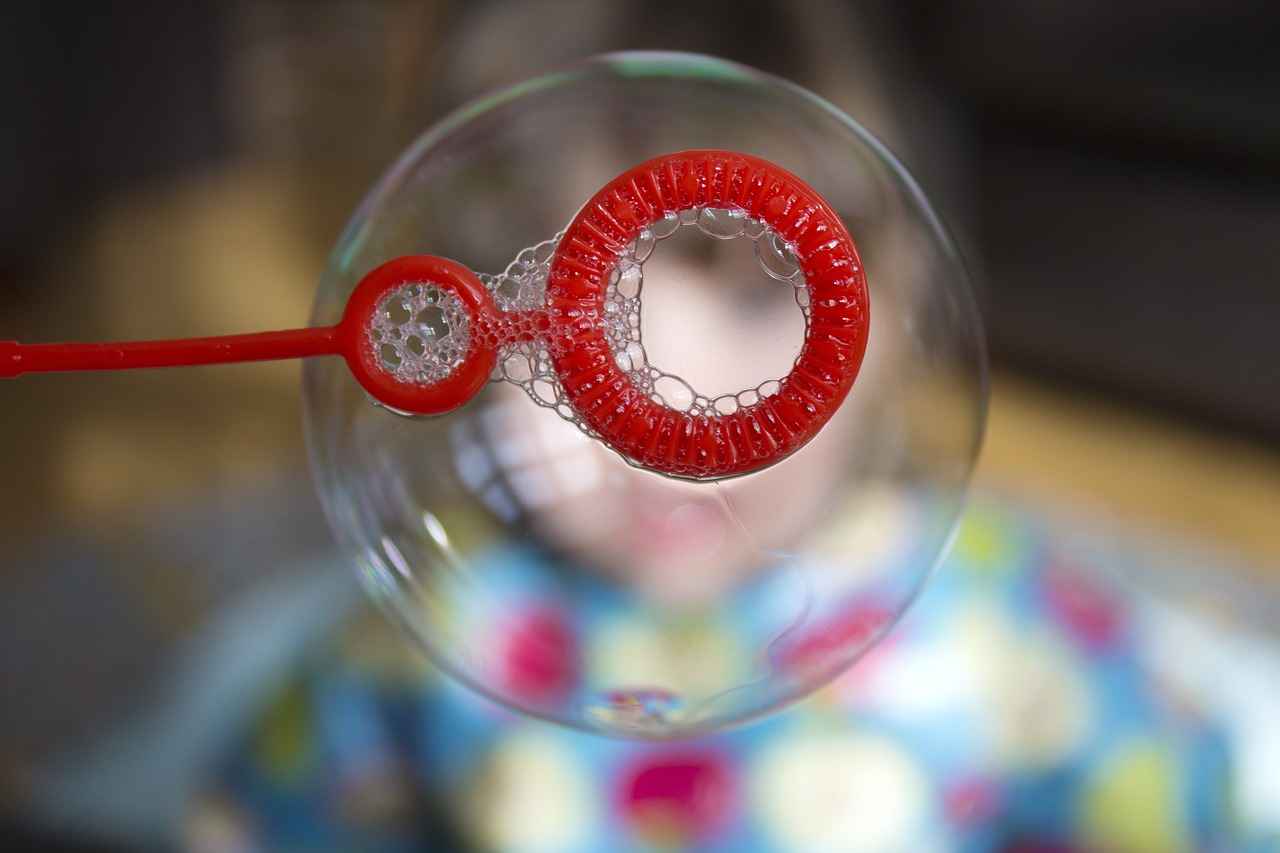
Benefits of Using Breast Milk in Soap
Breast milk soap is gaining popularity in the natural skincare world due to its numerous benefits. This unique soap not only nourishes the skin but also offers a range of therapeutic properties that can significantly improve skin health. Understanding the can help you appreciate why this ingredient is becoming a staple in homemade skincare products.
- Natural Moisturization: One of the primary benefits of breast milk soap is its ability to provide natural moisturization. Breast milk contains fats and proteins that help to hydrate the skin, making it an excellent choice for those with dry or sensitive skin. Unlike traditional soaps, which can strip the skin of its natural oils, breast milk soap retains moisture, leaving the skin feeling soft and supple.
- Anti-Inflammatory Properties: Breast milk is known for its anti-inflammatory properties, which can be particularly beneficial for individuals suffering from skin conditions such as eczema, psoriasis, or dermatitis. The components in breast milk can help reduce redness and irritation, promoting a calmer and healthier skin appearance.
- Essential Nutrients: Rich in vitamins and minerals, breast milk is a powerhouse of essential nutrients that can support skin health. These nutrients, including vitamins A, D, and E, play a crucial role in skin repair and regeneration, helping to maintain a youthful and vibrant complexion.
- Gentle for All Skin Types: Breast milk soap is particularly suitable for sensitive skin, including that of infants. Its gentle formulation means it can be used safely on delicate skin without the risk of harsh reactions that can occur with commercial soaps.
- Antimicrobial Properties: The presence of immunoglobulins and lactoferrin in breast milk gives it antimicrobial properties, which can help protect the skin from harmful bacteria and promote overall skin health. This can be especially beneficial for those prone to acne or other skin infections.
- Natural pH Balance: Breast milk has a natural pH that is close to that of human skin, making it an ideal ingredient for soap. This helps maintain the skin’s natural barrier, preventing dryness and irritation that can occur with more alkaline soaps.
Incorporating breast milk into soap not only enhances the product’s effectiveness but also aligns with a growing trend towards natural and sustainable skincare. As consumers become more aware of the ingredients in their personal care products, breast milk soap offers a unique and nourishing alternative that caters to the needs of those seeking gentle yet effective skincare solutions.
Ultimately, the benefits of using breast milk in soap are vast and varied, making it an excellent choice for anyone looking to improve their skincare routine. Whether you’re dealing with specific skin issues or simply want to indulge in a luxurious and nourishing soap, breast milk soap is a fantastic option worth considering.
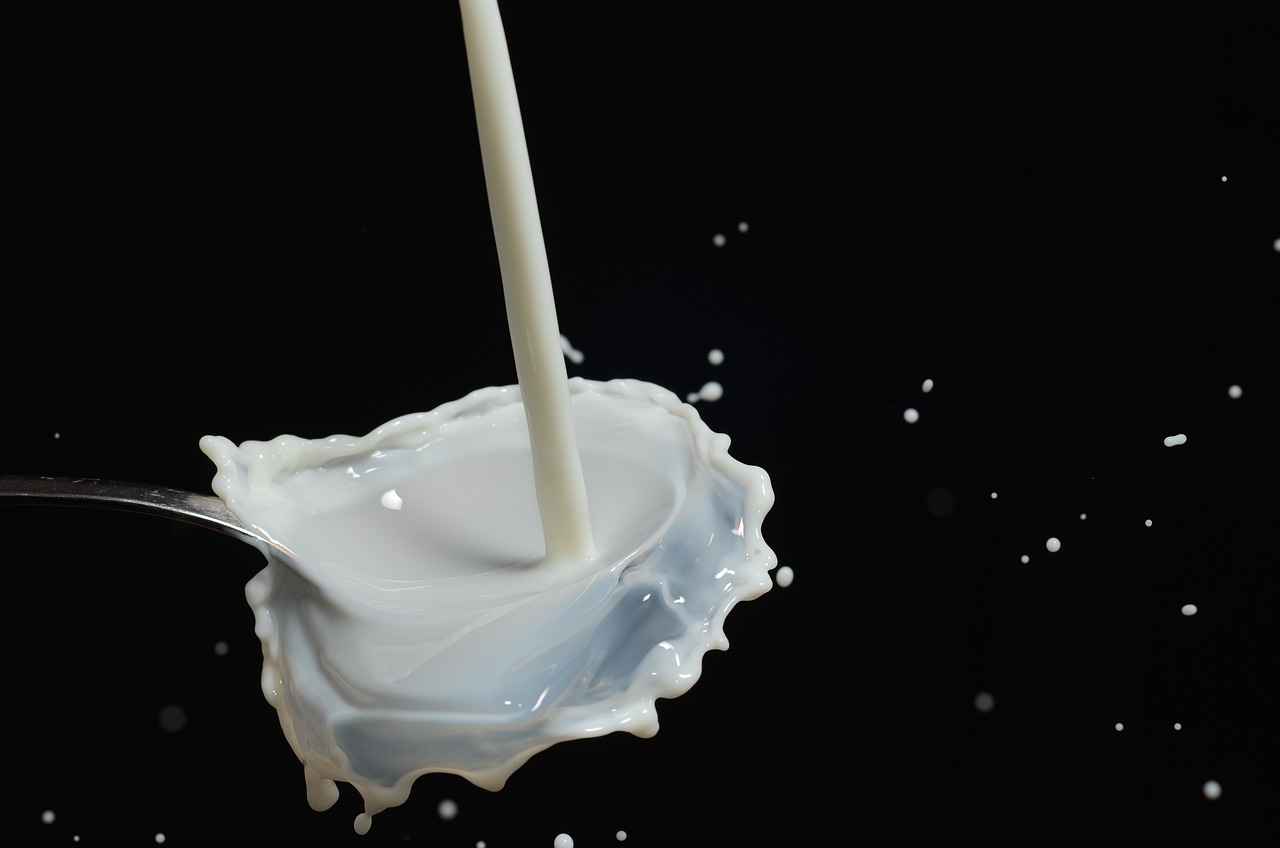
Ingredients Needed for Breast Milk Soap
When embarking on the journey of creating breast milk soap, it is essential to gather the right ingredients to ensure a successful outcome. This unique soap not only incorporates the nourishing properties of breast milk but also includes other fundamental components that contribute to its texture and effectiveness. Below, we outline the key ingredients you will need and their roles in the soap-making process.
- Breast Milk: The star ingredient, breast milk, is rich in vitamins, minerals, and antibodies, making it exceptionally beneficial for the skin. It provides natural moisturization and helps soothe irritations, making it ideal for sensitive skin types.
- Base Oils: Oils form the foundation of your soap and play a critical role in determining its texture and moisturizing properties. Commonly used oils include:
- Olive Oil: Known for its high vitamin E content, olive oil offers deep hydration and is gentle on the skin.
- Coconut Oil: This oil creates a rich lather and contributes to the soap’s hardness, while also providing antibacterial properties.
- Shea Butter: Renowned for its moisturizing abilities, shea butter adds creaminess to the soap, making it luxurious and soothing.
- Lye (Sodium Hydroxide): A crucial ingredient in the saponification process, lye reacts with the oils to create soap. It is important to handle lye with care, as it is caustic and can cause burns. Always wear protective gear when working with lye.
- Distilled Water: Water is used to dissolve the lye before combining it with the oils. Using distilled water ensures that impurities do not affect the soap-making process.
- Essential Oils: While optional, adding essential oils can enhance the fragrance of your soap and provide additional skin benefits. Popular choices include:
- Lavender: Known for its calming properties, lavender essential oil can help soothe the skin and promote relaxation.
- Tea Tree Oil: This oil has natural antibacterial properties, making it a great choice for those with acne-prone skin.
- Chamomile: Chamomile essential oil is gentle and soothing, perfect for sensitive skin.
Each of these ingredients plays a vital role in the final product. The combination of breast milk with the right oils and lye creates a soap that is not only effective in cleansing but also nourishing for the skin. Understanding the properties of each ingredient will help you customize your soap to meet your specific skincare needs.
As you prepare to make your breast milk soap, remember that the quality of the ingredients can greatly influence the final product. Opt for high-quality oils and fresh breast milk for the best results. With these ingredients in hand, you are well on your way to creating a unique and beneficial soap that harnesses the natural properties of breast milk.
Essential Oils for Fragrance
When it comes to making breast milk soap, incorporating essential oils is a fantastic way to elevate the overall experience. Not only do these oils provide a delightful fragrance, but they also come with a range of additional skin benefits that can enhance the nourishing properties of the soap. Below, we explore some popular essential oils and their unique advantages.
- Lavender Essential Oil: Renowned for its calming and soothing properties, lavender oil can help reduce anxiety and promote relaxation. Its gentle nature makes it ideal for sensitive skin, and it may also assist in healing minor skin irritations.
- Chamomile Essential Oil: This oil is celebrated for its anti-inflammatory and soothing effects, making it perfect for those with sensitive or irritated skin. Chamomile can help to calm redness and provide a gentle touch, making it suitable for both adults and babies.
- Tea Tree Oil: Known for its natural antibacterial and antifungal properties, tea tree oil can help keep the skin clear and healthy. It is particularly beneficial for those with oily or acne-prone skin, as it can help combat breakouts while still being gentle enough for daily use.
In addition to these popular options, there are many other essential oils that can be used to enhance your breast milk soap. Here are a few more to consider:
- Rosemary Essential Oil: This oil is known for its stimulating properties, which can invigorate the senses while also providing antioxidant benefits to the skin.
- Ylang Ylang Essential Oil: With its sweet floral scent, ylang ylang can help balance oil production in the skin, making it a great choice for those with combination skin.
- Geranium Essential Oil: This oil is excellent for promoting healthy skin and can help to balance hormones, making it a popular choice for women.
When adding essential oils to your breast milk soap, it’s important to consider the concentration and quality of the oils. A general guideline is to use about 1 ounce of essential oil per pound of soap base. Always opt for high-quality, pure essential oils to ensure that you are providing the best for your skin.
Moreover, consider the aroma profile you wish to achieve. You can blend different essential oils to create a unique scent that resonates with you. For instance, combining lavender and chamomile can yield a calming and soothing fragrance, perfect for a relaxing bath experience.
Lastly, always conduct a patch test before using any new essential oil on your skin, especially for those with sensitive skin or allergies. This ensures that you can enjoy the benefits of your handmade soap without any adverse reactions.
In summary, incorporating essential oils into your breast milk soap not only enhances its fragrance but also adds valuable skin benefits. Whether you prefer the calming effects of lavender or the refreshing scent of tea tree oil, there is an essential oil to suit every preference and skin type.
Choosing the Right Oils
When it comes to crafting your own breast milk soap, selecting the right base oils is essential for achieving the desired texture and moisturizing properties. The oils you choose will significantly influence the final product’s quality, feel, and effectiveness on the skin. Understanding the characteristics of various oils can help you make informed decisions, ensuring that your soap is both nourishing and enjoyable to use.
Some of the most popular base oils used in soap making include:
- Olive Oil: Renowned for its rich moisturizing properties, olive oil is a staple in many soap recipes. It is packed with antioxidants and vitamins, making it ideal for sensitive skin. Olive oil contributes to a creamy lather and a gentle cleansing effect, making it suitable for both adults and babies.
- Coconut Oil: This oil is celebrated for its ability to create a bubbly lather. Coconut oil is excellent for cleansing and provides a firm texture to the soap. However, it can be drying if used in excess, so it’s often blended with other oils to achieve a balanced formula.
- Shea Butter: Known for its exceptional moisturizing properties, shea butter adds a luxurious feel to soap. It is rich in vitamins A and E, which help to nourish the skin and provide a protective barrier against environmental stressors. Shea butter also enhances the soap’s creaminess and contributes to a stable lather.
In addition to these common oils, you may also consider incorporating other beneficial oils such as:
- Sweet Almond Oil: This oil is light and easily absorbed, making it a fantastic choice for sensitive skin. It helps to soothe and hydrate while adding a silky feel to the soap.
- Jojoba Oil: Technically a wax, jojoba oil closely resembles the natural oils of the skin, making it an excellent moisturizer. It helps to balance oil production and is suitable for all skin types.
- Avocado Oil: Rich in fatty acids, avocado oil is deeply nourishing and can help improve skin elasticity. It is particularly beneficial for dry or mature skin.
When blending these oils, it’s crucial to consider their saponification values, which determine how much lye is needed for the soap-making process. A balanced combination of oils will yield a soap that is both cleansing and moisturizing without being overly harsh on the skin.
For beginners, a common ratio to start with might be:
| Base Oil | Percentage |
|---|---|
| Olive Oil | 40% |
| Coconut Oil | 30% |
| Shea Butter | 30% |
This combination provides a good balance of lather, moisture, and skin-loving properties. As you gain experience, feel free to experiment with different ratios and oils to create a soap that meets your specific needs.
In conclusion, the choice of base oils is a fundamental aspect of soap making that can greatly impact the quality of your final product. By carefully selecting oils based on their properties and benefits, you can create a nourishing breast milk soap that is perfect for your skin and the skin of your loved ones.
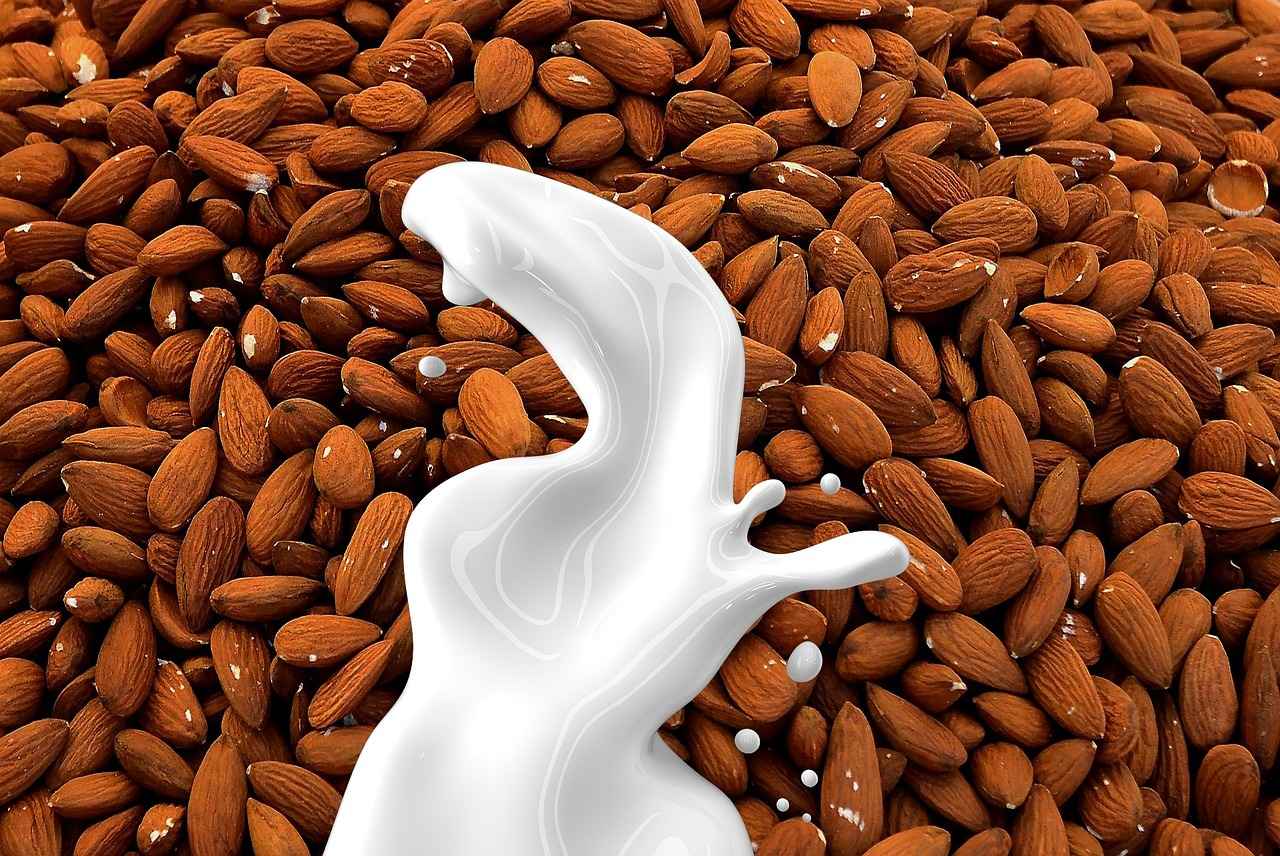
Step-by-Step Guide to Making Breast Milk Soap
This section provides a detailed step-by-step guide for making breast milk soap, ensuring that you follow essential safety protocols while achieving the best results. The process may seem daunting at first, but with careful preparation and attention to detail, you can create a nourishing product that is gentle on the skin.
Before diving into the steps, it’s important to understand that making soap involves a chemical reaction known as saponification. This occurs when lye (sodium hydroxide) is mixed with fats or oils, resulting in soap. The addition of breast milk not only enriches the soap but also offers unique benefits for the skin.
- Step 1: Gather Your Ingredients
- Breast milk (fresh or frozen)
- Base oils (such as olive oil, coconut oil, or shea butter)
- Lye (sodium hydroxide)
- Distilled water
- Essential oils (optional for fragrance)
- Step 2: Safety First
- Wear protective gear including gloves and goggles.
- Work in a well-ventilated area to avoid inhaling fumes.
- Keep vinegar nearby, as it can neutralize lye spills.
- Step 3: Prepare the Lye Solution
Ensure you have all the necessary ingredients ready:
Before starting, prioritize safety:
Carefully measure the lye and water:
1. Always add lye to water, never the other way around. 2. Stir gently until the lye is fully dissolved. 3. Allow the solution to cool to around 100°F (38°C).
Measure and melt your chosen oils:
1. Combine the oils in a heat-safe container. 2. Heat gently until all oils are melted and combined. 3. Let the oils cool to around 100°F (38°C).
Once both the lye solution and oils are at the correct temperature:
1. Slowly pour the lye solution into the oils. 2. Use an immersion blender to mix until you reach "trace" (a pudding-like consistency).
At trace, gently fold in the breast milk:
1. Ensure the breast milk is at room temperature. 2. Mix thoroughly to avoid clumps.
If desired, add essential oils for fragrance:
1. Stir in your chosen essential oils. 2. Mix well to ensure even distribution.
Carefully pour the mixture into soap molds:
1. Tap the molds gently to remove air bubbles. 2. Cover with a towel to insulate.
Allow the soap to cure:
1. After 24-48 hours, remove from molds. 2. Let the soap cure in a cool, dry place for 4-6 weeks.
Once cured, your breast milk soap is ready to use:
- Store in a cool, dry place to prolong its shelf life.
- Use it daily for its moisturizing benefits.
By following this step-by-step guide, you can create a unique and nourishing breast milk soap that is gentle on the skin. Enjoy the process and the benefits of your handmade creation!
Gather Your Equipment
Before embarking on the journey of making breast milk soap, it is essential to gather all necessary equipment. This preparation phase is critical for ensuring a smooth and successful soap-making experience. Below is a list of the essential items you will need:
- Scale: A precise scale is necessary for measuring your ingredients accurately. This ensures the correct ratios of lye, oils, and breast milk, which is crucial for the saponification process.
- Mixing Bowls: Use heat-resistant mixing bowls for combining your ingredients. Glass or stainless steel bowls are ideal as they can withstand the heat generated during the mixing process.
- Thermometer: A reliable thermometer is essential for monitoring the temperature of both the lye solution and the oils. Maintaining the right temperature is important for achieving a successful emulsion.
- Safety Gear: Safety should be your top priority. Equip yourself with gloves and goggles to protect your skin and eyes from the caustic lye. It’s also advisable to wear long sleeves and an apron to minimize exposure.
- Blender or Stick Blender: A stick blender is highly recommended for mixing the soap batter. It speeds up the emulsification process, ensuring that your ingredients blend smoothly.
- Soap Molds: Choose molds made from silicone or plastic for easy removal of the soap once it has set. You can also use loaf molds or individual molds depending on your preference.
- Spatula: A spatula will help you scrape out all the soap mixture from the bowls and ensure that you don’t waste any ingredients.
- Measuring Cups and Spoons: These are necessary for measuring out smaller quantities of ingredients, such as essential oils or colorants.
Having all these items ready before you start will not only enhance your efficiency but also contribute to a safer soap-making environment. Remember, preparation is key to a successful project. Once you have gathered your equipment, you can proceed with confidence to the next steps of the soap-making process.
In addition to the equipment mentioned above, consider the following tips:
- Workspace: Ensure your workspace is clean and organized. A clutter-free area will help you focus on the task at hand and minimize the risk of accidents.
- Ventilation: Make sure your workspace is well-ventilated, especially when working with lye, as fumes can be harmful.
- Read Instructions: Before starting, read through your soap-making recipe thoroughly. Familiarizing yourself with the process will help you avoid mistakes.
By taking the time to gather and prepare your equipment, you set yourself up for a rewarding and enjoyable soap-making experience. With everything in place, you’ll be ready to dive into the exciting world of creating your own nourishing breast milk soap.
Preparing the Lye Solution
Preparing the lye solution is a crucial step in the soap-making process, particularly when crafting breast milk soap. This section will guide you through the safe and effective method of mixing lye with water, a process that is essential for achieving saponification, the chemical reaction that transforms oils and fats into soap.
Understanding Lye
Lye, or sodium hydroxide, is a caustic substance that plays a pivotal role in soap making. When mixed with water, it creates a strong alkaline solution necessary for breaking down fats. It is important to handle lye with care, as it can cause severe burns if it comes into contact with skin.
Safety First
Before you begin, ensure you have the following safety gear:
- Gloves: Protect your hands from the caustic lye.
- Goggles: Shield your eyes from any splashes.
- Mask: Avoid inhaling any fumes produced during the mixing process.
Gathering Your Materials
For preparing the lye solution, you will need:
- Sodium hydroxide (lye): Ensure you use a high-quality product specifically for soap making.
- Water: Distilled water is recommended to avoid impurities.
- Heat-resistant container: A glass or stainless steel container works best.
- Stirring utensil: Use a non-reactive spoon or stick for mixing.
Mixing the Lye Solution
Follow these steps to safely prepare your lye solution:
- Measure the required amount of water in your heat-resistant container.
- In a separate container, measure the appropriate amount of lye. Always refer to a reliable lye calculator to ensure the correct ratios based on your oils.
- Slowly add the lye to the water, never the other way around. This is crucial as adding water to lye can cause a violent reaction.
- Stir gently and continuously until the lye is completely dissolved. Expect the solution to heat up significantly during this process.
- Allow the lye solution to cool to a safe temperature, ideally between 100°F to 110°F (37°C to 43°C), before incorporating it into your soap mixture.
Important Tips
- Always work in a well-ventilated area to avoid inhaling any fumes.
- Keep vinegar nearby to neutralize any accidental spills of lye.
- Store lye in a cool, dry place, away from children and pets.
By following these steps and precautions, you can safely prepare a lye solution that is essential for your breast milk soap. Remember, patience and precision are key in this process, ensuring that your final product is both safe and luxurious.
Incorporating Breast Milk
In the process of making breast milk soap, one of the most crucial steps is the incorporation of breast milk into the soap mixture. This step not only enhances the soap’s nourishing qualities but also ensures a smooth and consistent blend, creating a product that is both effective and gentle on the skin.
Once the lye solution has cooled to a safe temperature, it is essential to carefully add the breast milk. This should be done gradually to prevent any sudden temperature changes that could affect the quality of the soap. The ideal temperature for adding breast milk is around 90 to 100 degrees Fahrenheit. This temperature range helps to maintain the integrity of the breast milk’s nutrients, ensuring that they are preserved during the saponification process.
- Why Use Breast Milk? Breast milk is rich in vitamins, minerals, and antibodies that can provide moisturizing benefits and help soothe various skin conditions. Its natural composition makes it particularly suitable for sensitive skin, including that of infants.
- Mixing Techniques To achieve a uniform blend, it is advisable to use an immersion blender or a whisk. This ensures that the breast milk is evenly distributed throughout the soap mixture, preventing clumping and ensuring a smooth texture.
- Timing is Key The timing of adding breast milk is also vital. It should be added after the lye solution has cooled but before the soap mixture reaches trace—a stage where the mixture thickens and begins to hold its shape. Incorporating the milk at this stage allows for optimal blending.
After incorporating the breast milk, continue to blend the mixture until it reaches a light trace. At this point, you can also add other ingredients such as essential oils or natural colorants to enhance the soap’s properties and aesthetics. Popular choices include lavender oil for its calming scent and chamomile extract for its soothing effects.
It is important to note that breast milk soap does not require preservatives due to the natural properties of breast milk. However, proper storage is essential to maintain its quality. Once poured into molds, the soap should be left to cure in a cool, dry place for at least four to six weeks. This curing process allows the soap to harden and ensures that all lye has been saponified, making it safe for use.
In summary, incorporating breast milk into your soap mixture is a vital step that enhances the overall quality of the final product. By following the outlined techniques and tips, you can create a nourishing soap that is not only beneficial for your skin but also a unique addition to your skincare routine.
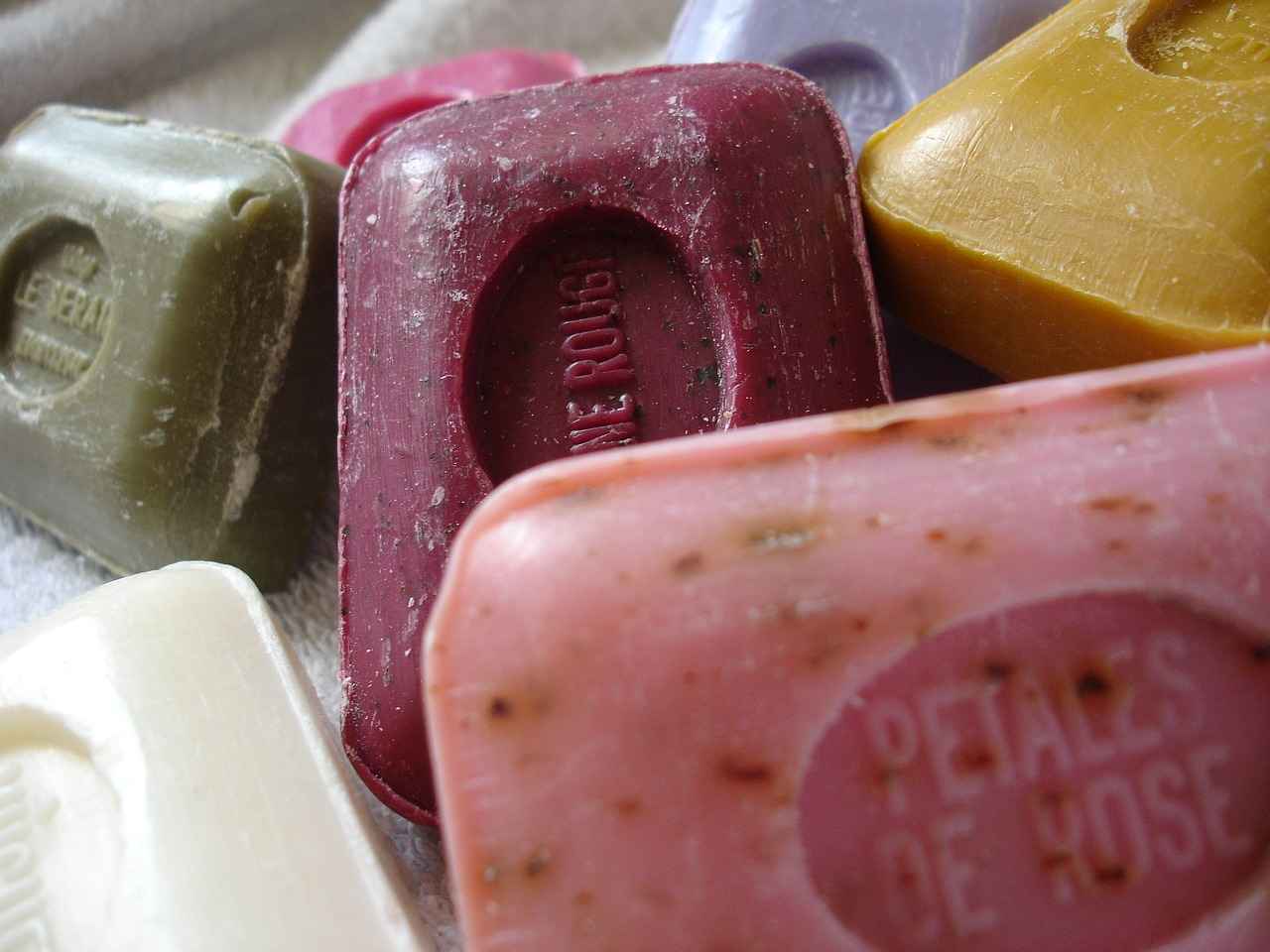
Safety Precautions While Making Soap
When embarking on the exciting journey of soap-making, it is essential to prioritize safety, especially when handling lye. Lye, or sodium hydroxide, is a caustic substance that can cause serious burns if not handled properly. This section provides crucial safety precautions to ensure a safe and enjoyable soap-making experience.
Understanding Lye and Its Risks
Lye is a key ingredient in the saponification process, where fats and oils transform into soap. However, its caustic nature means that even a small amount can lead to skin irritation or severe burns. Therefore, it is vital to handle lye with the utmost care.
Essential Safety Gear
- Protective Gloves: Always wear heavy-duty gloves to protect your hands from lye and any potential splashes.
- Safety Goggles: Protect your eyes by wearing safety goggles, as lye can cause serious eye injuries.
- Long Sleeves: Opt for long sleeves and closed-toe shoes to minimize skin exposure.
Working in a Safe Environment
Ensure your workspace is well-ventilated to avoid inhaling fumes that may be released when mixing lye with water. Additionally, keep your work area clean and organized to prevent accidents. Here are some tips:
- Use a dedicated space for soap-making away from food preparation areas.
- Keep children and pets away from your workspace to avoid any accidental exposure to lye.
- Have a designated area for storing lye and other chemicals securely.
Mixing Lye Safely
When preparing your lye solution, always add lye to water, never the other way around. This prevents a dangerous reaction that can cause the mixture to erupt. Follow these steps for safe mixing:
- Measure the water in a heat-resistant container.
- Slowly sprinkle the lye into the water while stirring gently with a stainless steel or silicone spatula.
- Allow the solution to cool before using it in your soap recipe.
Emergency Preparedness
Even with all precautions in place, accidents can happen. It is wise to be prepared:
- Have Vinegar on Hand: Vinegar can neutralize lye, so keep a bottle nearby in case of spills.
- Know Emergency Procedures: Familiarize yourself with the local emergency numbers and have a plan in case of an accident.
- First Aid Kit: Keep a well-stocked first aid kit accessible in your workspace.
Storing Lye Safely
Store lye in a clearly labeled, airtight container away from moisture and out of reach of children and pets. Ensure it is kept in a cool, dry place to maintain its effectiveness and safety.
By following these safety precautions, you can enjoy the rewarding experience of making soap with confidence. Remember that safety should always be your top priority, allowing you to focus on crafting beautiful and nourishing products.
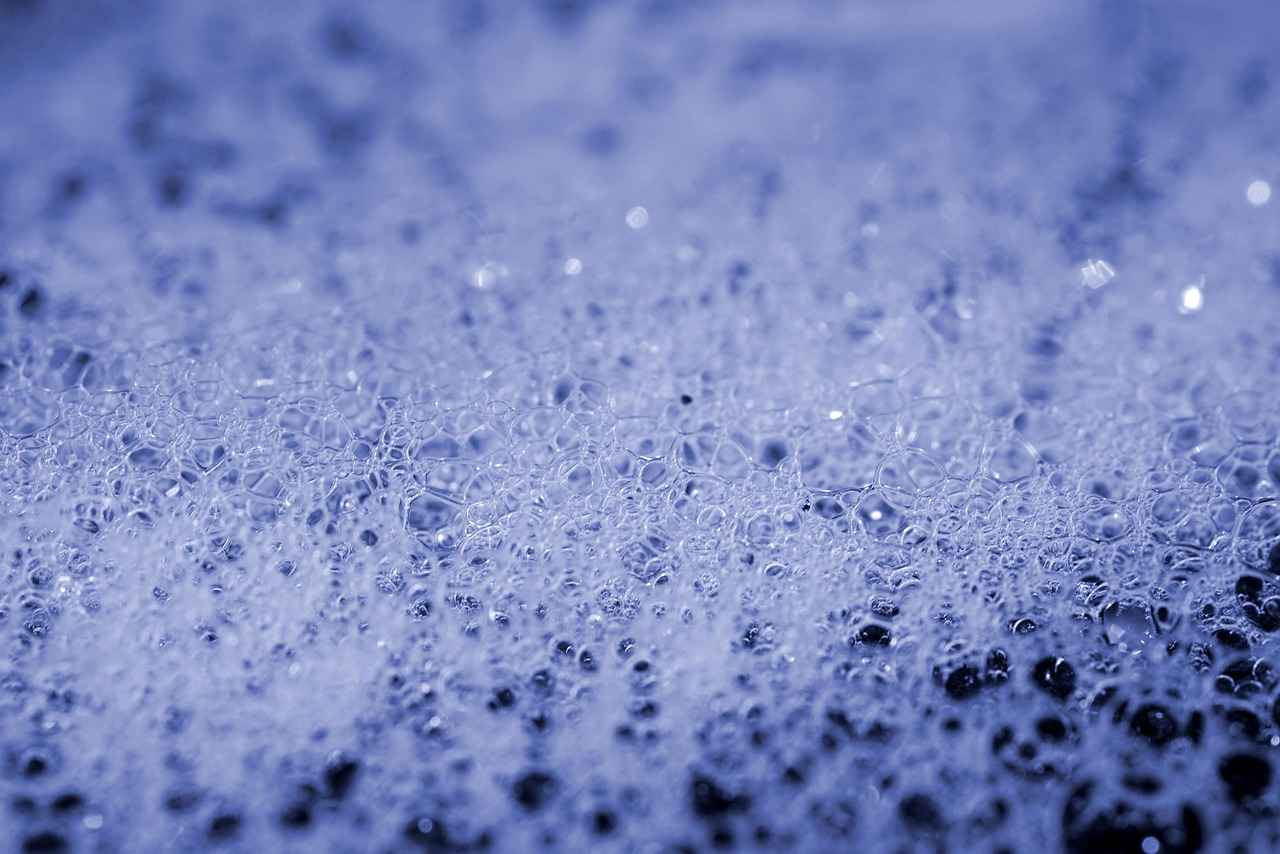
Storing and Curing Your Soap
When it comes to making breast milk soap, the curing and storage processes are critical for ensuring a high-quality final product. After pouring your soap mixture into molds, allowing it to cure properly is essential for achieving the best texture, aroma, and longevity. This section will delve into the intricacies of the curing process and provide recommendations for optimal storage conditions.
The curing process typically lasts between 4 to 6 weeks. During this time, the soap undergoes a chemical reaction known as saponification, where the lye reacts with oils and breast milk to form soap. This reaction not only transforms the mixture into a usable product but also allows excess moisture to evaporate, resulting in a harder bar of soap that lasts longer.
- Temperature and Humidity: It’s crucial to cure your soap in a cool, dry place. Ideally, the temperature should be around 60-70°F (15-21°C) with low humidity levels. High humidity can hinder the curing process and lead to a softer soap.
- Air Circulation: Good air circulation is vital during curing. Place your soap molds on a drying rack or a well-ventilated area to ensure that air can flow around each bar, promoting even drying.
- Turning the Soap: If your soap is in a mold, consider turning it occasionally to ensure even curing. This practice helps prevent any soft spots and ensures that all sides of the soap are exposed to air.
After the curing period, it’s essential to store your soap correctly to maintain its quality. Here are some storage tips:
| Storage Condition | Recommendation |
|---|---|
| Temperature | Store in a cool, dry place away from direct sunlight. |
| Humidity | Avoid damp areas to prevent soap from becoming mushy. |
| Packaging | Wrap bars in wax paper or store in a breathable container. |
Proper storage not only helps maintain the integrity of the soap but also enhances its shelf life. Avoid plastic wrap, as it can trap moisture and lead to spoilage. Instead, opt for materials that allow the soap to breathe.
In summary, the curing and storage processes are integral to producing high-quality breast milk soap. By following the recommended practices, you can ensure that your soap remains effective, fragrant, and visually appealing for months to come. With the right care, your handmade soap will be a delightful addition to your skincare routine or a thoughtful gift for loved ones.
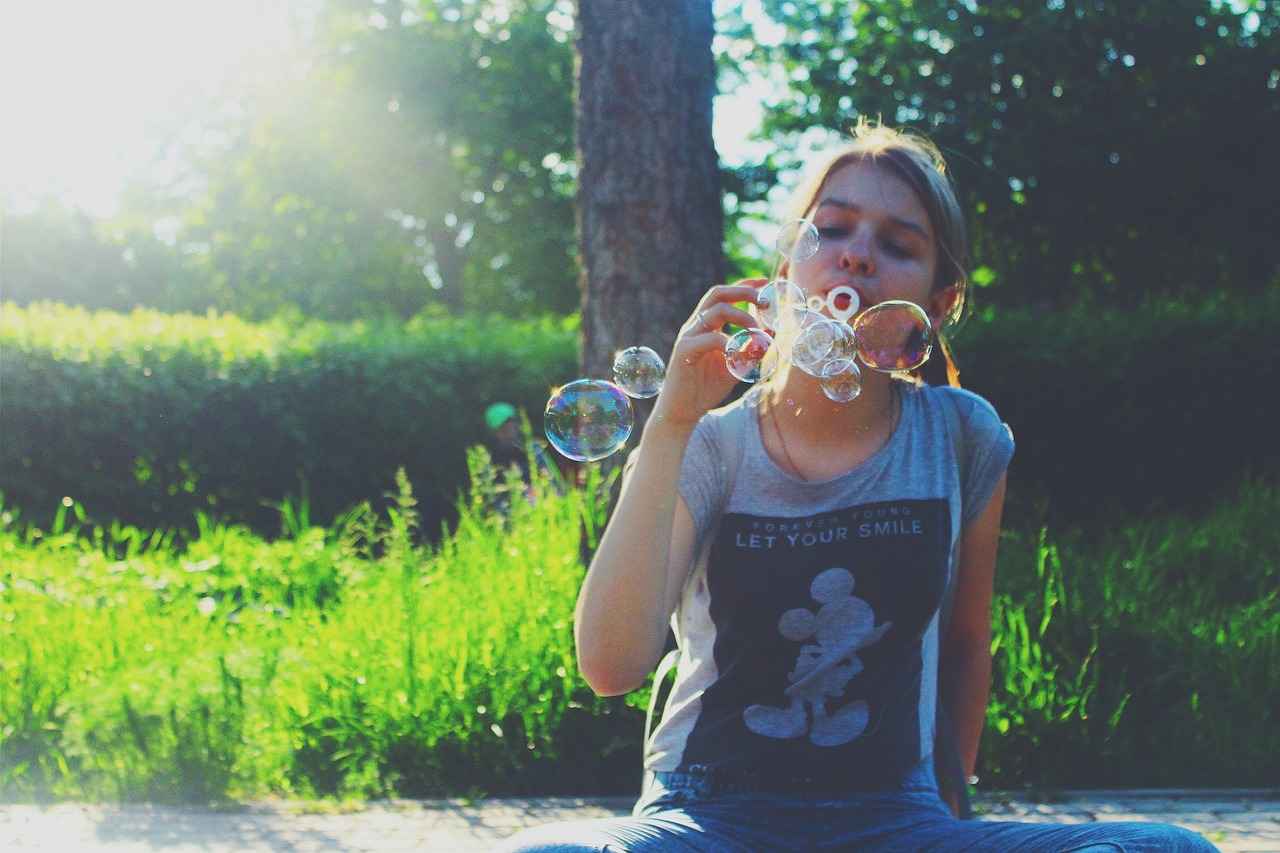
Using and Enjoying Your Breast Milk Soap
Once your breast milk soap has cured, it is ready for daily use, offering a unique blend of nourishing properties that benefit your skin. To maximize the advantages of your handmade soap while ensuring it remains effective for as long as possible, consider the following tips:
- Store Properly: To extend the life of your soap, store it in a cool, dry place away from direct sunlight. Avoid areas with high humidity, as moisture can lead to a quicker deterioration of the soap.
- Use a Soap Dish: Invest in a well-draining soap dish that allows excess water to escape. This prevents the soap from sitting in water, which can cause it to dissolve faster and lose its beneficial properties.
- Limit Exposure to Water: When using your soap, try to limit its exposure to water. Instead of letting the bar sit in the shower, keep it in a dry area and use it only when needed. This practice helps preserve its texture and longevity.
- Cut into Smaller Bars: If you have made a large batch of soap, consider cutting it into smaller bars. This allows you to use one bar at a time while keeping the rest sealed and protected from moisture and air.
- Rotate Usage: If you have multiple bars of soap, rotate their usage. This way, each bar has time to dry out between uses, prolonging its life.
In addition to these storage tips, you can enhance your experience with breast milk soap by incorporating it into your daily skincare routine:
- Gentle Cleansing: Use the soap for gentle cleansing of your face and body. Its moisturizing properties make it suitable for all skin types, including sensitive skin.
- Shaving Soap: Breast milk soap can serve as an excellent shaving soap, providing a smooth glide while moisturizing the skin. Its natural ingredients help reduce irritation and razor burn.
- Gift Idea: Handmade breast milk soap makes a thoughtful and personal gift for new mothers or anyone interested in natural skincare. Consider wrapping it beautifully for a special touch.
Furthermore, you can experiment with different essential oils or additives to create unique variations of your breast milk soap. Adding ingredients like oatmeal for exfoliation or honey for additional moisture can enhance the soap’s benefits and cater to your specific skincare needs.
By following these tips and incorporating breast milk soap into your routine, you can enjoy its nourishing benefits while ensuring that your handmade creation lasts as long as possible. The key is to treat your soap with care and appreciate the natural goodness it provides for your skin.
Frequently Asked Questions
- Can I use any type of breast milk for soap making?
Absolutely! Whether it’s fresh, frozen, or thawed, any type of breast milk can be used to make soap. Just make sure it’s from a safe source and handled properly!
- Is breast milk soap safe for babies?
Yes, breast milk soap is generally safe for babies, especially since it contains natural ingredients that are gentle on sensitive skin. However, always do a patch test first to ensure there are no allergies.
- How long does breast milk soap last?
When stored properly in a cool, dry place, breast milk soap can last up to a year. Just remember to keep it away from moisture to maintain its quality!
- Can I customize my breast milk soap?
Definitely! You can add essential oils, herbs, or even natural colorants to customize the scent and appearance of your soap. Just make sure any additions are safe for skin use!
- What are the benefits of using breast milk in soap?
Breast milk is packed with nutrients, making it an excellent moisturizer. It also has anti-inflammatory properties that can help soothe skin conditions like eczema, giving your skin a gentle, nourishing treat!


